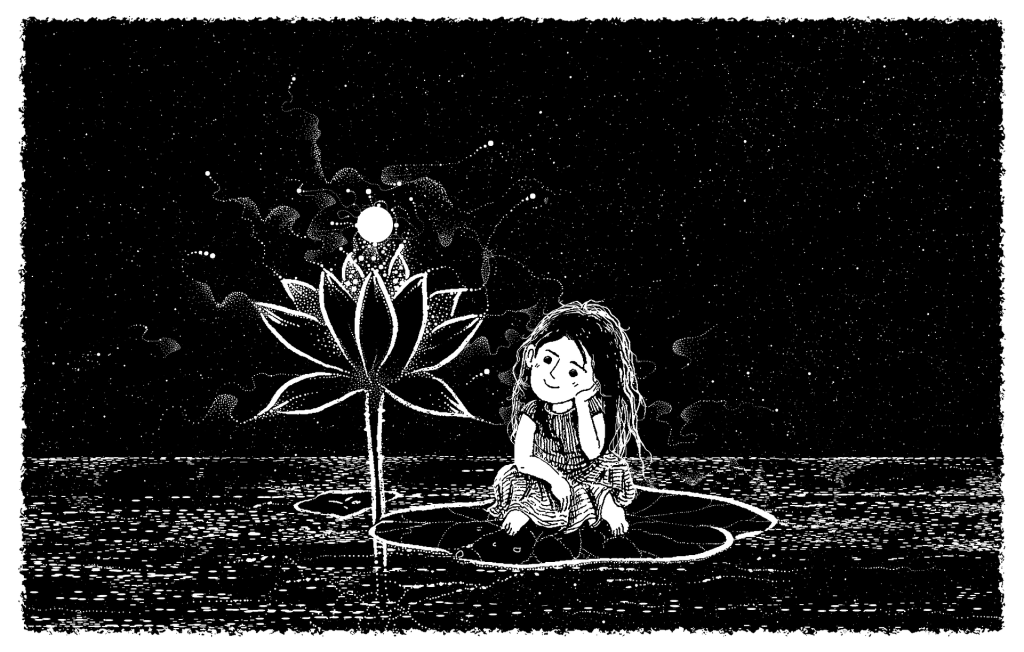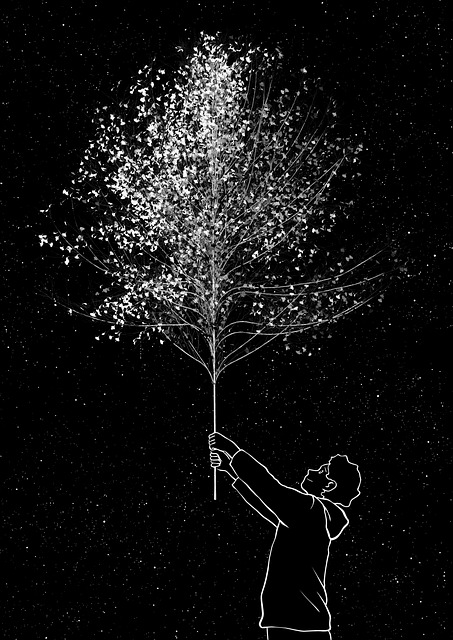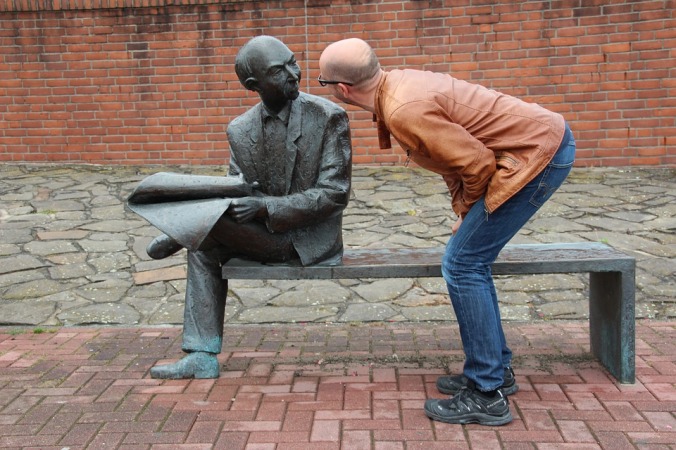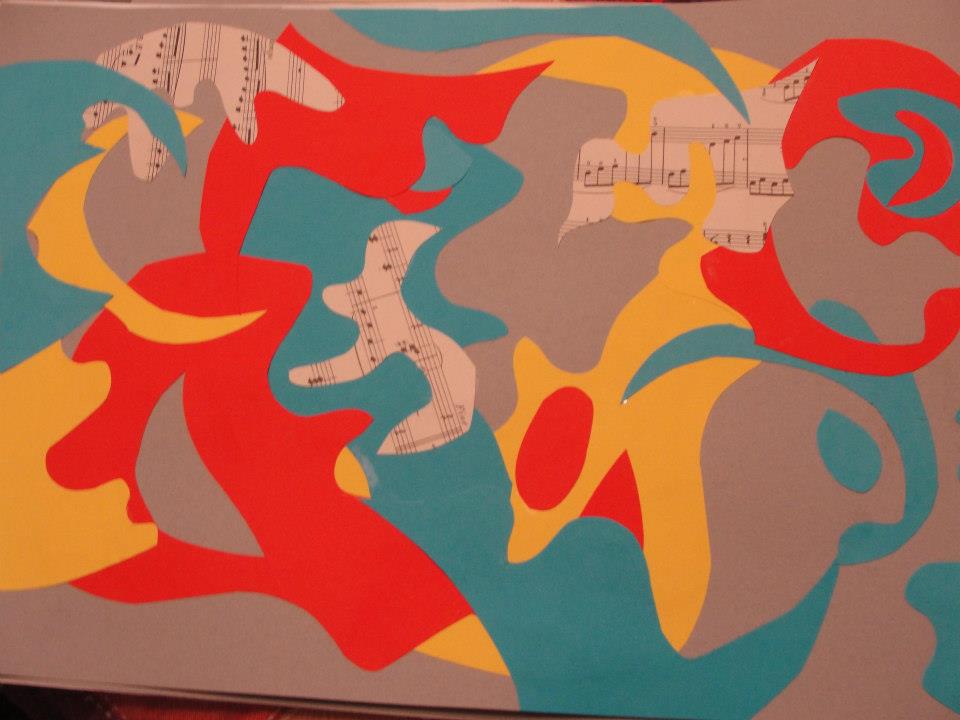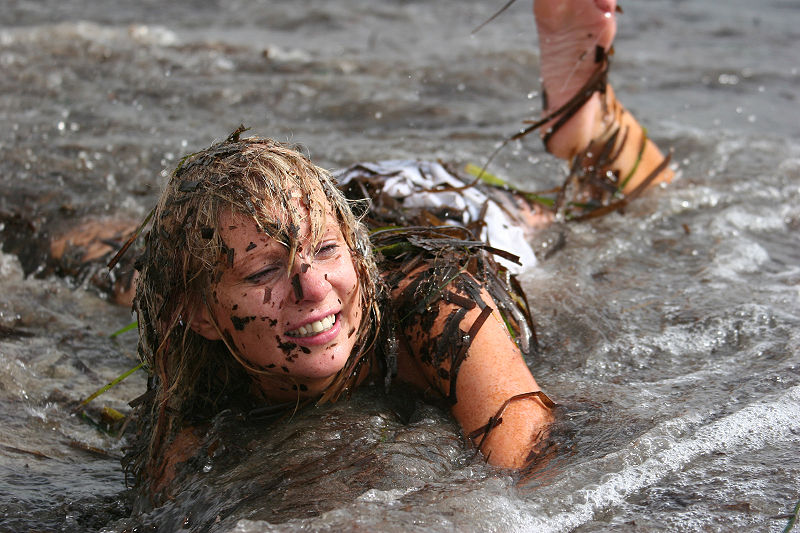My last few minutes have been immersive and joyful (synonyms!). It began with this hurdy-gurdy video.
I clicked on it partly out of curiosity and partly to override the moment’s earworm. While it played I looked up how much a used hurdy-gurdy costs and where I might find hurdy-gurdy lessons. I imagined myself playing in a quiet part of a Renaissance faire in a long period dress I made myself, or maybe playing between the readings of tolerant poets. John Holt’s book Never Too Late came to mind. He wrote about learning to play the cello at age 40, putting it down, then taking it up again more seriously at 50. This would be good for me, I told myself, then immediately recalled other good-for-me schemes I’ve never hatched due to bare-bones frugality and my roller coaster-shaped motivation
A moment came to mind. It was in Cleveland’s downtown district and I was five years old. There on a sidewalk I saw what my grandmother told me was an organ grinder. The man played music by turning a crank on a clever device. He was wearing an old-fashioned vest and hat. Attached to him with a rope was a small monkey wearing a tiny version of the same vest, holding out a tiny hat for people’s coins. I was pretty sure I’d stepped into magic for real this time. My mother wouldn’t give me anything to put in its hat and quickly pulled us away from “that filthy animal.” I’d already watched long enough to see the man had a dour expression and the monkey’s eyes were sad. I asked a lot of questions about that monkey, until grown-ups got tired of answering. Then I thought many more questions silently.
This reminded me of a picture book I used to read to my kids, Perfect The Pig, where a darling flying pig is captured by a man who makes him perform. That book ends well, probably far better than that long-ago monkey’s fate. My mind inexorably shifted to the plight of the smart, intelligent creatures we confine in crates on massive pig farms so I did what I could for animals in my care by letting the dogs out.
I did so while singing them an impromptu version of Lennon’s Let It Be, which easily lent itself to new lines in a rendition most accurately titled, Let Us Pee. While waiting on the porch I listened to birds and wondered if we’d seen the last oriole, at least until next spring. I imagined the fortitude it takes to fly 1,000 or more miles and sighed for my lack of comparable tenacity. Still waiting for the dogs’ perambulations to end, I deadheaded some flowers wet with dew. Their dampness led me to consider how all the water on Earth has been here since the planet’s birth, meaning these drops of water have been dinosaur blood, ocean waves, rain, tears, and thunderstorms. This led me to wonder, as I occasionally do, about quantum entanglement. I’m fascinated by so much of what I don’t understand, which means just about everything seems fascinating to me. I dearly want to ask an expert if every particle isn’t already entangled with every other particle.
On the way back in with the dogs a spam call jingled my phone. I made myself a second cup of coffee, decaf thanks to cardiac issues. (Caffeinated sympathy welcome.) I told myself “This will be a day of accomplishment,” which is my usual 7 am delusion. I reviewed my wildly optimistic to-do list, fully aware I couldn’t possibly catch up with manuscripts to review, emails to answer, submissions to read, and classes to plan on top of non-work things like tending our vegetable gardens and giant hoop house verdant with plants I started under grow lights back in early April’s optimism. (I love to-do lists even if mine aren’t all that interesting compared to, say, DaVinci‘s.) I do not have time to fritter away, although I do fritter. Within a few minutes, my desktop had 11 tabs open.
This is a typical ten-minute span of my life. I was never in any danger of taking up the hurdy-gurdy.
I was told I had attention deficit hyperactivity disorder (ADHD) by the psychologist interviewing my then seven-year-old son quite some time ago. (It appears a third to a half of children with ADHD have at least one parent with it too). Although teachers and other authorities treated his diagnosis as a problem, I explained to my son his was a different way of being, explaining that humanity has always benefitted from the gifts now labeled a “deficit.”
In deep history, our species thrived, in part, because some people in their tribes were drawn to closely observing/predicting patterns— in weather and environment, plant and animal behavior, signs of conflict in the group –people uniquely attentive to detail yet attuned to the bigger picture. The “wanderlust gene” drd4/7r is associated with ADHD and, in our long human history, may have driven cultural change as this subset of people were drawn to new ideas, different solutions, and new areas to explore. This gene regulates traits such as motivation, thrill-seeking, and risky behavior. It’s also related to a longer lifespan.
As reported in Scientific American, forty-plus years of research have identified:
22 reoccurring personality traits of creative people. This included 16 “positive” traits (e.g., independent, risk-taking, high energy, curiosity, humor, artistic, emotional) and 6 “negative” traits (e.g., impulsive, hyperactive, argumentative). In her own review of the creativity literature, Bonnie Cramond found that many of these same traits overlap to a substantial degree with behavioral descriptions of Attention Deficit Hyperactive Disorder (ADHD)– including higher levels of spontaneous idea generation, mind wandering, daydreaming, sensation seeking, energy, and impulsivity.
Research since then has supported the notion that people with ADHD characteristics are more likely to reach higher levels of creative thought and achievement than people without these characteristics… Recent research by Darya Zabelina and colleagues have found that real-life creative achievement is associated with the ability to broaden attention and have a “leaky” mental filter– something in which people with ADHD excel.
Recent work in cognitive neuroscience also suggests a connection between ADHD and creativity… Both creative thinkers and people with ADHD show difficulty suppressing brain activity coming from the “Imagination Network“
Yet we’ve pathologized this way of being, largely because it doesn’t fit as well in the narrow model of school or workplace. The very things we define as problems are instead vital aspects of human diversity
I thought of my own probable diagnosis as little more than a funny way to explain my messy desk and tendency to take on too many project. The few times I read about adult ADHD or clicked online “do you have ADHD?” self-tests, I didn’t fit into many of their problem behavior lists. I’ve made the bed every morning since I was very young. Other than my desk, my home is pretty neat. I put laundry away and make regular healthy meals and water my plants on a schedule. I assumed I didn’t have it after all. Then, a few years ago, a doctor confirmed I indeed had ADHD– the inattention type. “I can recognize it,” she said, “almost immediately. There’s a different energy in the room, a brightness, not to mention how you bring in so many aspects of a topic.” I liked having this called “a brightness.” (I have never before or since been affirmed for bringing in so many aspects of a topic.)
I recently learned that ADHD is related to my laughable clumsiness. I’ve lived in the same place for 24 years yet still stub my toes on furniture, catch my sleeves on door handles, knock books on the floor. I have so many stories of my clumsiness that my memoir, if I write one, should include the word “awkward” in the title. ADHD is related to my spatial reasoning issues, which explains why I try my darnest yet still can’t reliably transfer leftovers to an appropriately sized container and has to do with why I so easily get lost.
ADHD (and introversion) likely have to do with why I’m too jazzed up to sleep after even the mildest social event. It probably explains how energized I am by conversations, brainstorming, reading, and teaching. These are flow states for me. I focus relentlessly when reading and, when I’m lucky, writing. This isn’t well-regulated attention, but differently-regulated attention. I was the kid who read so intently she often didn’t notice the class had moved from free-reading time to math. I’m the adult who missed a connecting flight because of a good book.
I don’t have the high energy characteristic of the “hyperactive” part of this diagnosis, even though my mother called me a “wigglewump” when I was a child and my kindie report card gave me all smiles except one no-smile for “sits still.” These last few years of Skype calls and Zoom meetings have truly outed me. Now I’m forced to see myself as others see me. I itch, I shift, I look away, I drink water, I make more dramatic facial expressions than those who more calmly inhabit their virtual squares. I work hard to keep myself still. What helps me do that is movement no one can see —a foot rotating in a figure eight under the desk, lifting my legs from the chair, tightening and releasing my muscles — all to keep me present. That said, I have no trouble teaching via Zoom, especially teaching memoir writing. I can focus all day without a problem because I find people and their stories endlessly fascinating.
Emotional dysregulation can be a part of ADHD. I don’t suffer from rages or meltdowns, but whew, I’ve struggled my whole life to manage how fully my body floods with emotion while those around me seem fine. Girls and women with ADHD often mask by teaching themselves to downplay their emotions as well as minimize their movements to more acceptable ones—they chew gum, fuss with their hair, twist a ring, change posture—while boys and men are less inhibited, move more openly, and express (at least negative) emotion more freely.
I’ve been trying to fix these aspects of myself for decades. I’ve had dozens of articles published about mindfulness and adopted (then dropped) all sorts of practices to help me slow down my busy mind. I do inhabit my moments, often get immersed in my moments, but it’s a comfort to know that my skittering mind isn’t something in need of repair. It is the way I’m made. Non-linear attention lets me see all sorts of interrelationships between disparate ideas. This can’t help but shows me paradoxes and patterns that help me generate new approaches. The drawback is this doesn’t lead to clear path forward and it can really antagonize those firmly in the doing-things-the-way-they’ve-always-been-done camp. It probably explains my weird sense of humor. It’s also why I have started dozens of writing projects that, with some sustained focus, could be finished – yet instead my focus drifts to ever-newer projects.
I can only speak for myself, but all the charts, apps, and other attention hacks don’t help me. Instead they handcuff me to the stress-inducing norms of a commodified culture, where productivity and not character are the measure of a life. My son’s ADHD, by the way, didn’t impair his learning in any way once we took him out of school. In fact, it likely enhanced it.
There are other issues associated with ADHD including recklessness and addiction, but I wonder how much of this is the result of schools and workplaces poorly designed for anyone but some mythical standard person. Those who fit in, who are able to mirror back preferences held by those in charge, are “normal” while those of us who are different are expected to deal with our “disorder” or “deficit” by fixing ourselves. Yet, diversity is a bedrock of compassionate, innovative communities. All living beings on this planet demonstrate that biodiversity is essential for life to survive and flourish. Australian sociologist Judy Singer, who describes herself as one of the many women in her family somewhere on the autism spectrum, was first to call this neurodivergence — a term that beautifully acknowledges there are many different, necessary, and valid ways of being.
Salif Mahamane explains it well in this 13 minute TED talk, a talk I adore but had to watch in increments because, well, attention span.
Many evenings I look up from my spot on the couch where I’m reading, comforted by the music of snoring dogs around me, only to notice my husband staring at the opposite wall. I immediately feel guilty for ignoring him. So I put my book down and ask what he’s thinking. “Nothing,” he says, “just relaxing.” I’ve learned he means this and nothing more. Being me, I’ve wondered if he’s actually upset about something I said. Or if he’s sitting there in regret, wondering where he might be now if he’d just made a different choice? Or if he’s imagining something he plans to build or fix or do? Or if he effortlessly enters the Zen state I experience in briefs chunks when I meditate? What is he actually doing? I easily travel all sorts of mental loops rather than believe he’s really not thinking? Maybe he’s…. normal. I can’t imagine.


